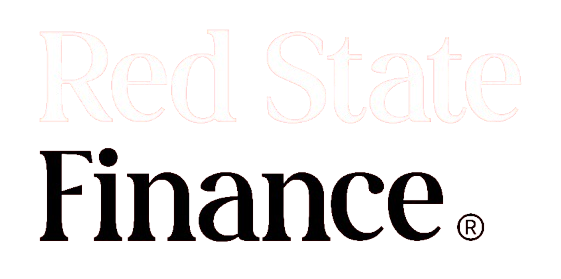Vice President Kamala Harris’ tax plan is under heavy scrutiny, as a recent study by the Tax Foundation has revealed some alarming consequences that could cripple the U.S. economy.
According to the report, Harris’ proposed tax policies could result in the loss of nearly 800,000 full-time jobs, reduce wages, and stunt economic growth. The plan would also add to the already complex tax system, creating additional burdens for businesses and individuals alike.
At the center of Harris’ proposal is a substantial corporate tax hike, with the rate rising from 21% to 28%. This increase would make the U.S. one of the least competitive countries in the developed world, according to the Tax Foundation’s analysis. It warns that this move could deter investments, slow business expansion, and ultimately result in significant job losses. The study estimates that Harris’ plan would reduce the U.S. gross domestic product (GDP) by 2% and cut wages by 1.2%, all while eliminating approximately 786,000 full-time jobs.
The economic outlook under Harris’ plan contrasts sharply with former President Donald Trump’s proposals, which, while not without their own drawbacks, present a more favorable employment forecast. Trump’s plans, which include extending the 2017 Tax Cuts and Jobs Act and potentially reducing the corporate tax rate even further, could result in fewer job losses—about 387,000—while slightly increasing wages by 0.6%. However, Trump’s approach is not without its challenges, particularly with his proposed tariffs on China, which could undermine the benefits of his tax cuts.
The report from the Tax Foundation highlights the complexity and inefficiency Harris’ tax plan would introduce into the U.S. economy. William McBride, one of the report’s authors, stated, “Harris’ tax policies would raise top tax rates on corporate and individual income to among the highest in the developed world, slowing economic growth and reducing competitiveness.” The plan’s numerous tax credits and carve-outs are expected to complicate an already convoluted tax system, leading to inefficiencies in vital sectors, particularly housing.
One of the most controversial aspects of Harris’ plan is the tax on unrealized capital gains. Under this proposal, individuals would be taxed on the increased value of their assets before they are even sold. This is a significant departure from the current system, where taxes are only levied on gains once they are realized through the sale of assets. Critics argue that this policy could discourage investment in the stock market, which plays a key role in driving innovation and economic growth. Additionally, there are concerns that taxing unrealized gains could drive investors and capital out of the country, mirroring what happened in France when a similar wealth tax prompted high-net-worth individuals to move their assets overseas.
The report also shines a light on the broader fiscal impact of both Harris’ and Trump’s tax policies. Harris’ plan could add a staggering $2.6 trillion to the federal deficit, while Trump’s proposals would increase the deficit by $1.3 trillion. With the federal debt already sitting at over $35 trillion, both candidates’ economic strategies raise questions about long-term sustainability.
Harris’ plan faces significant criticism for its lack of a clear strategy to address the skyrocketing national debt. The Tax Foundation concluded, “Harris’ fiscal policy stance at this point leaves a large void regarding how she might deal with the already unprecedented, dangerous, and unsustainable federal debt trajectory.” As the 2024 election cycle heats up, voters will have to weigh the potential economic consequences of these tax plans and decide which path they believe will best serve the nation’s future.
While Harris’ intentions may be aimed at increasing revenue and addressing income inequality, the reality is that the proposed tax hikes could backfire by stifling growth, reducing wages, and creating further challenges for an economy that’s already grappling with inflation and uncertainty. The question remains whether her plan will gain traction or if the American public will turn to alternatives that promise more economic freedom and less government intervention.









